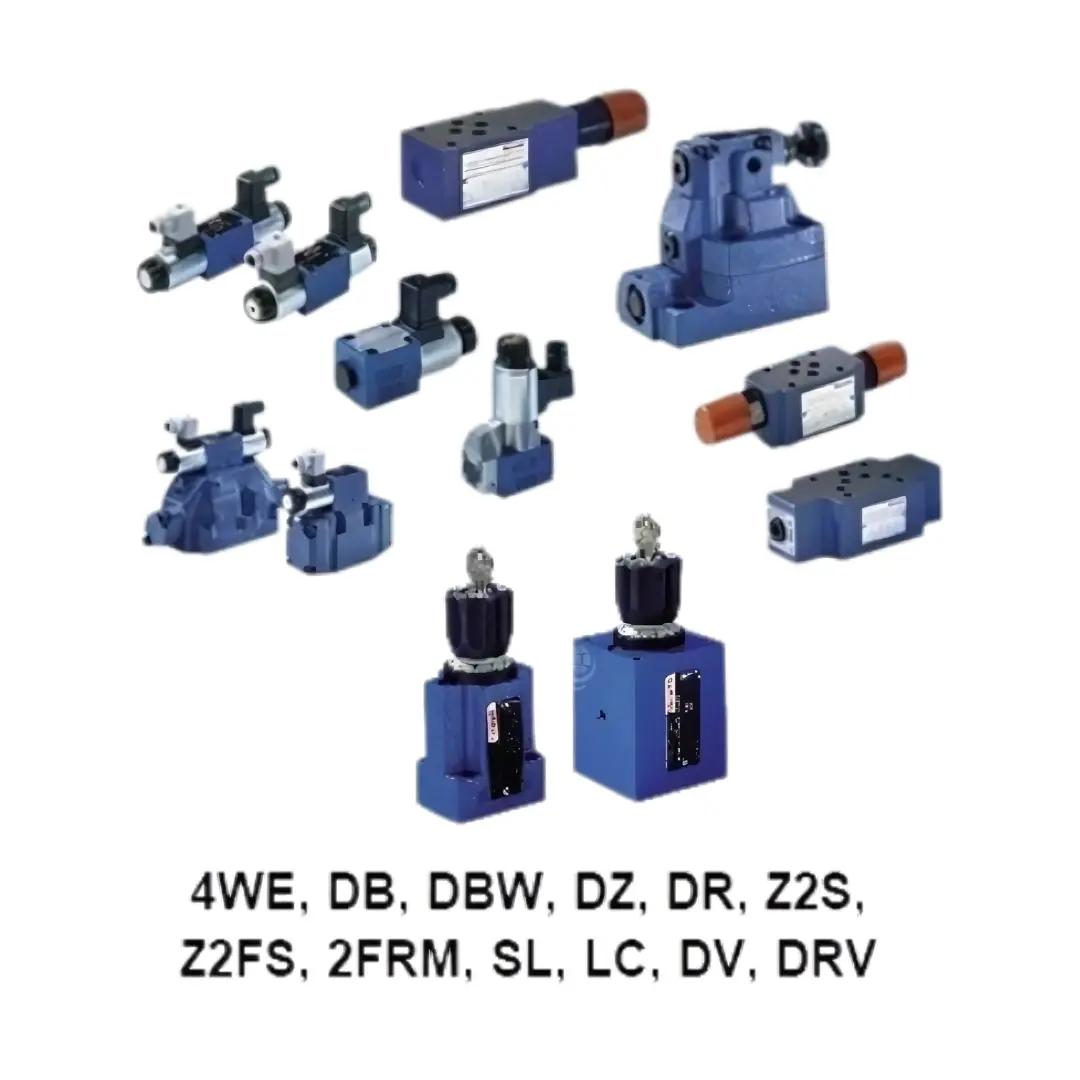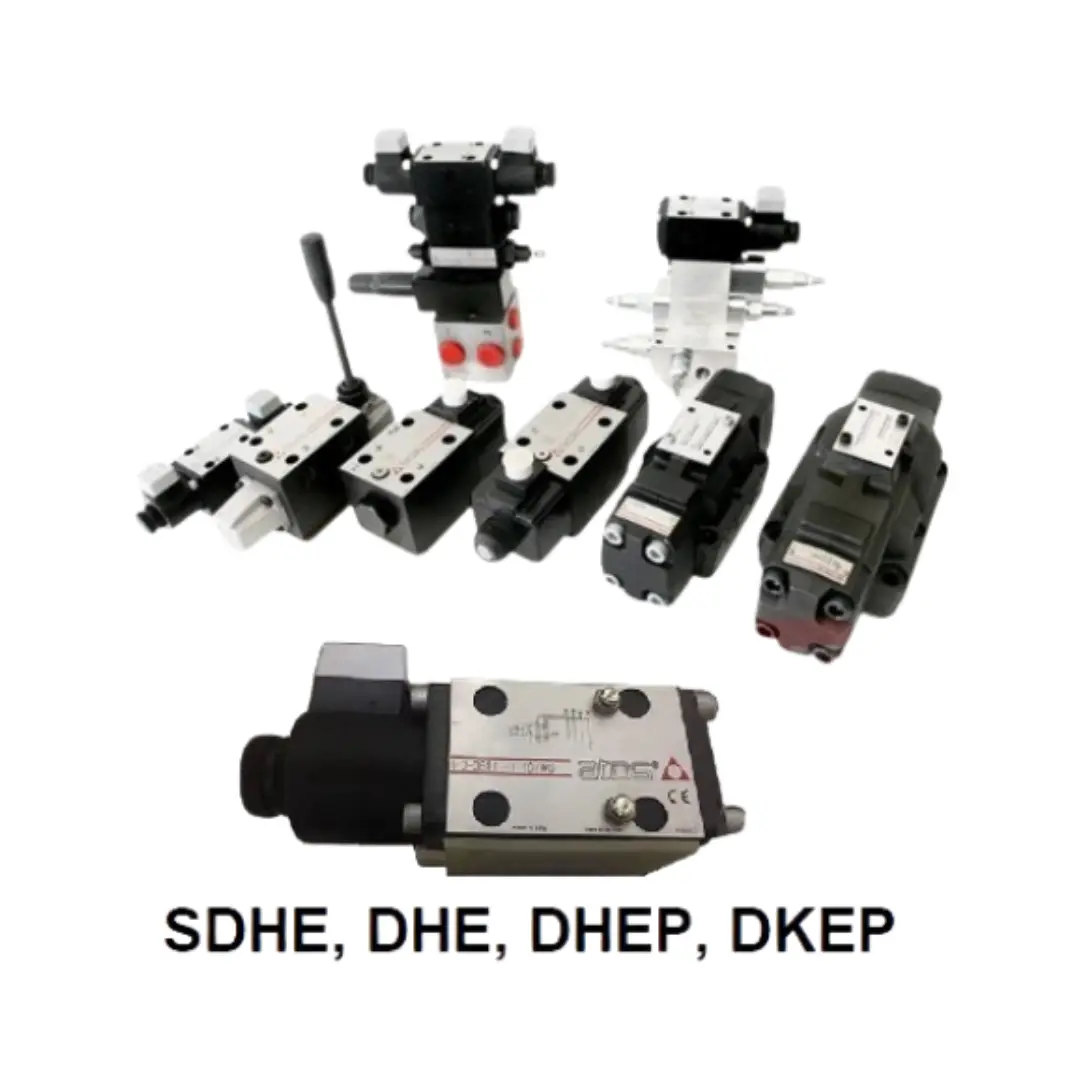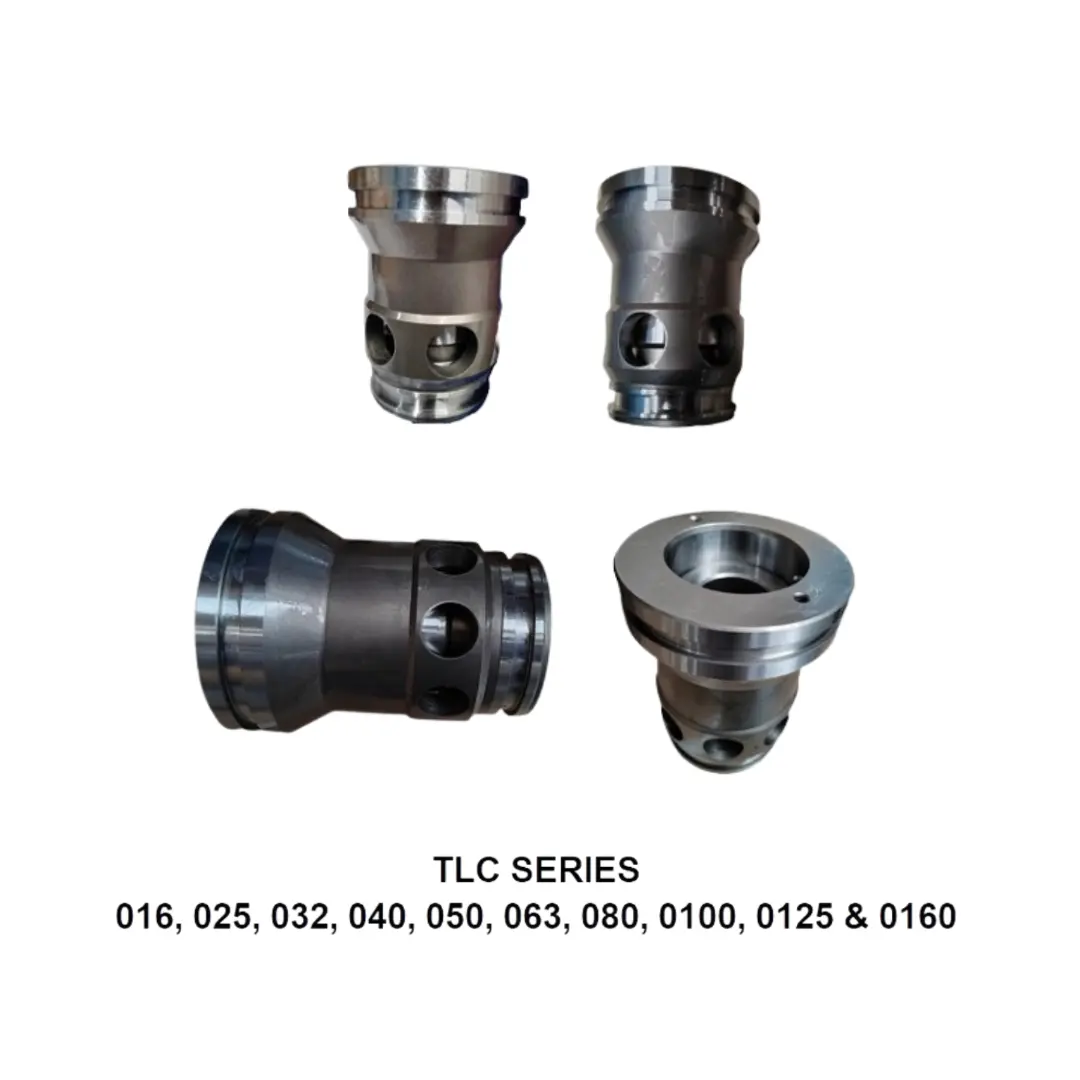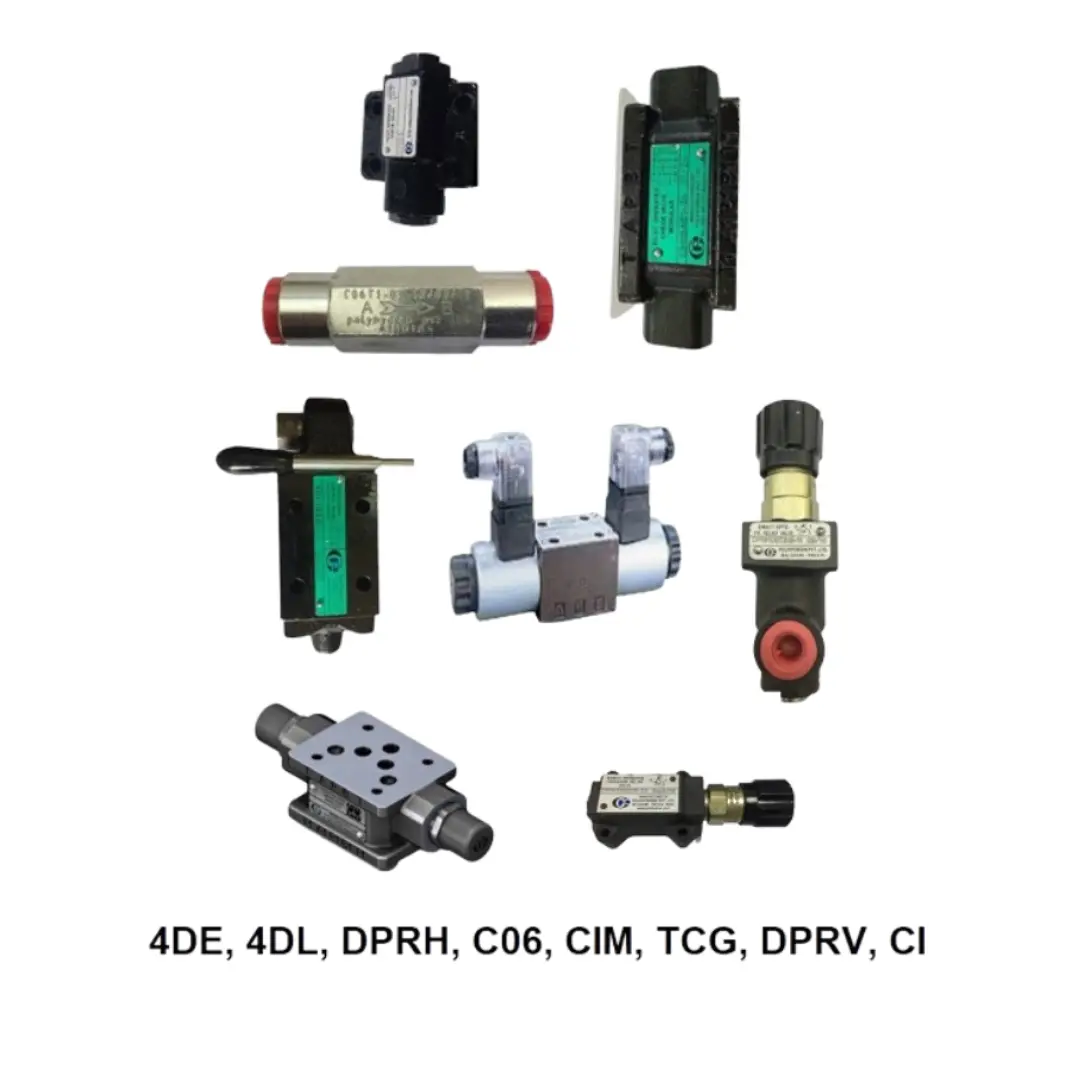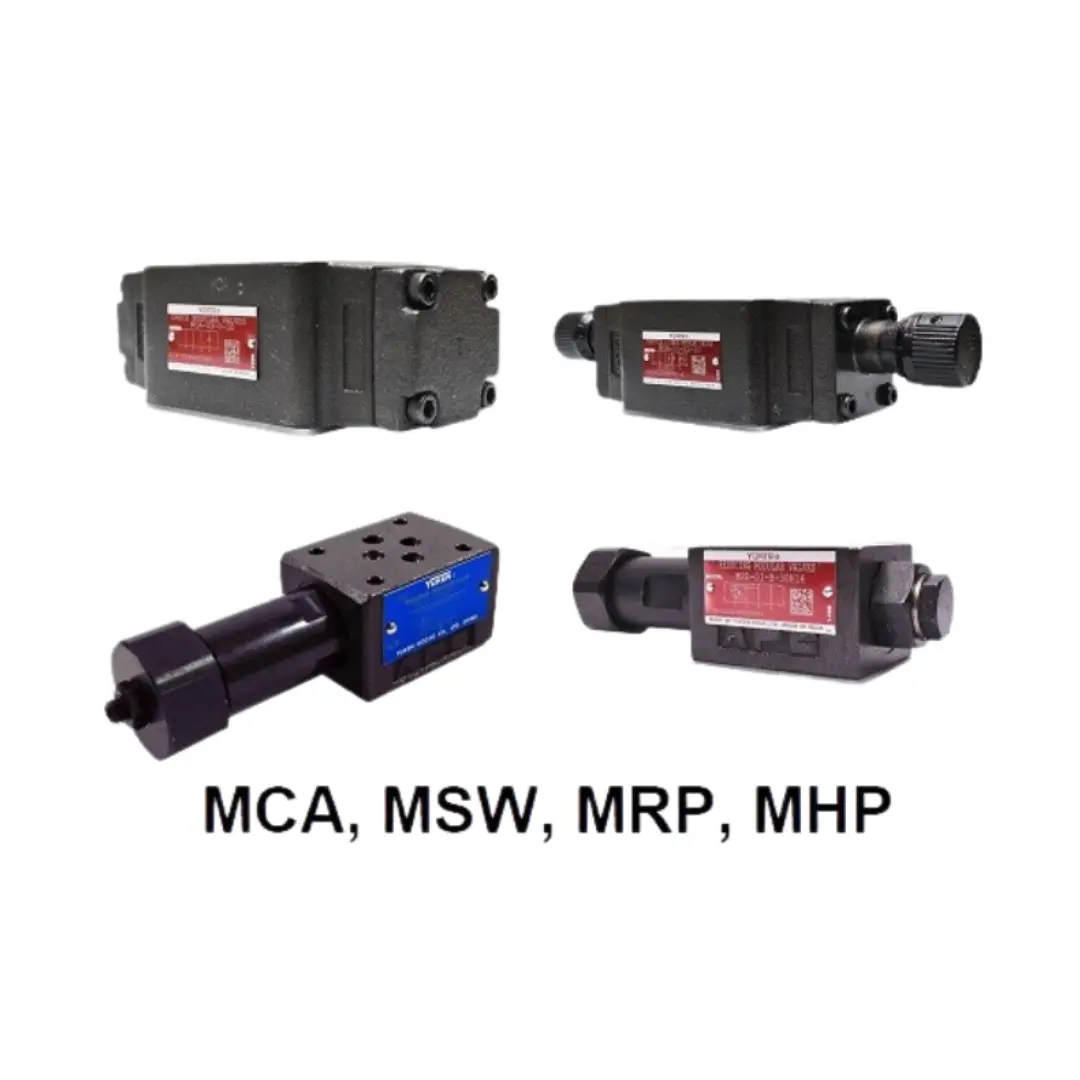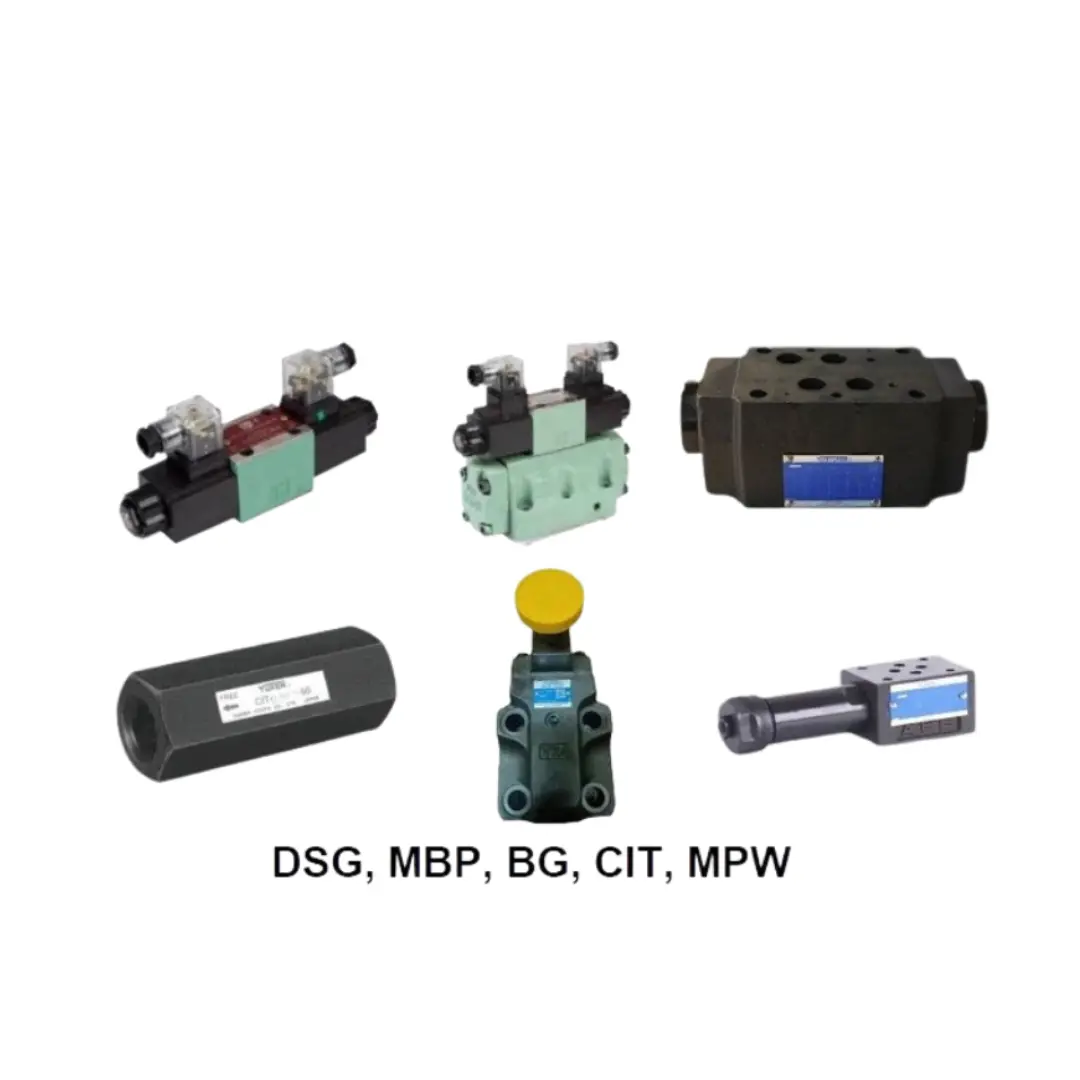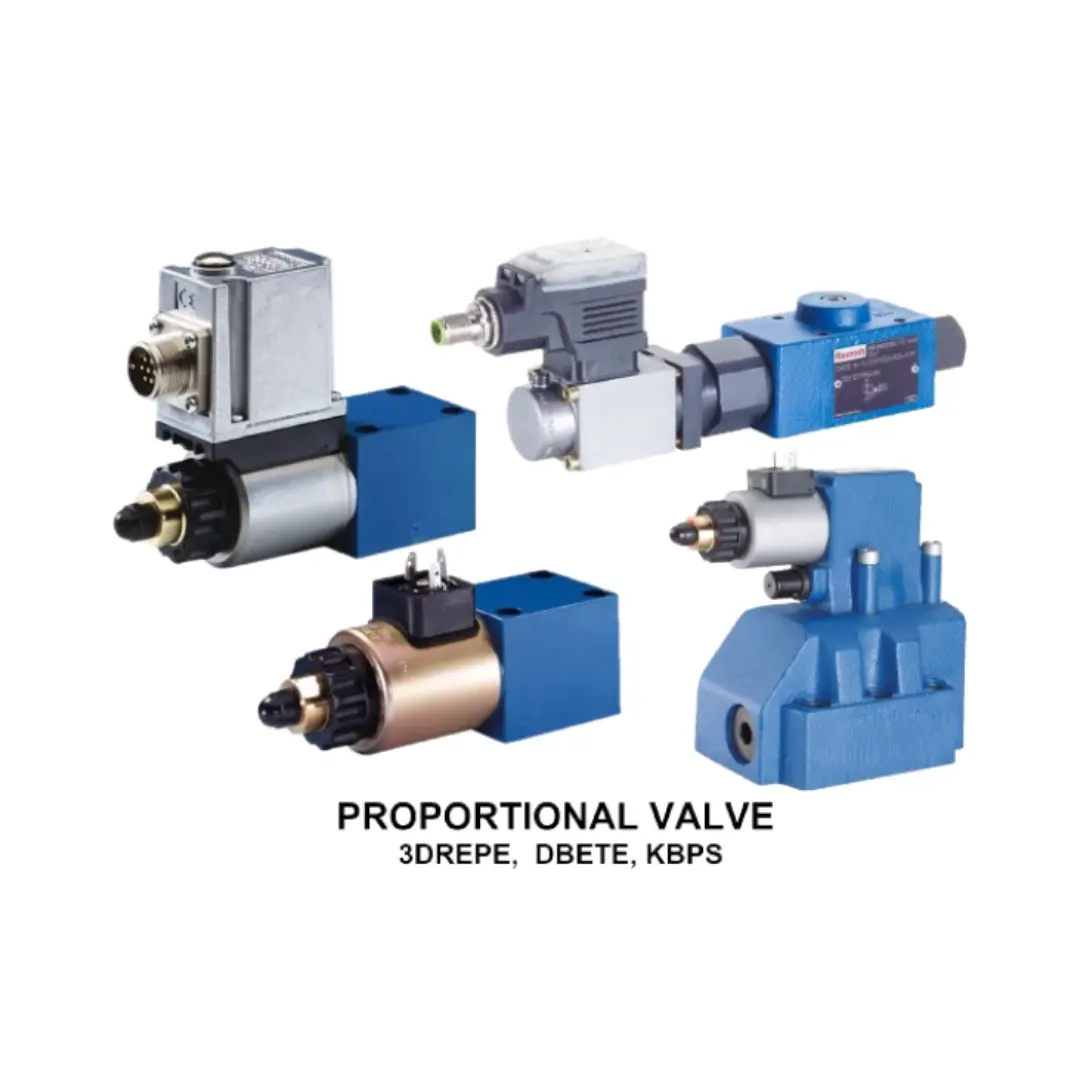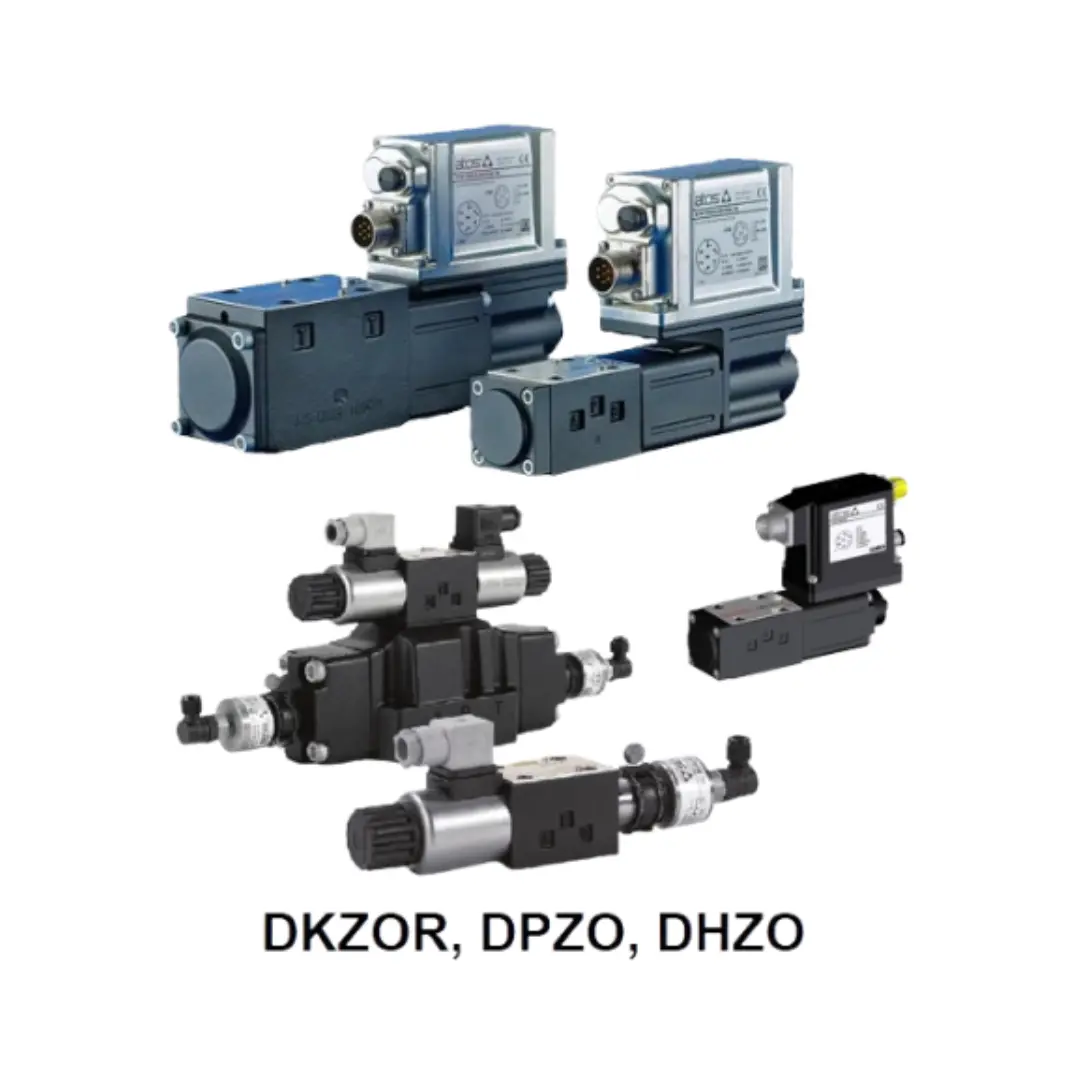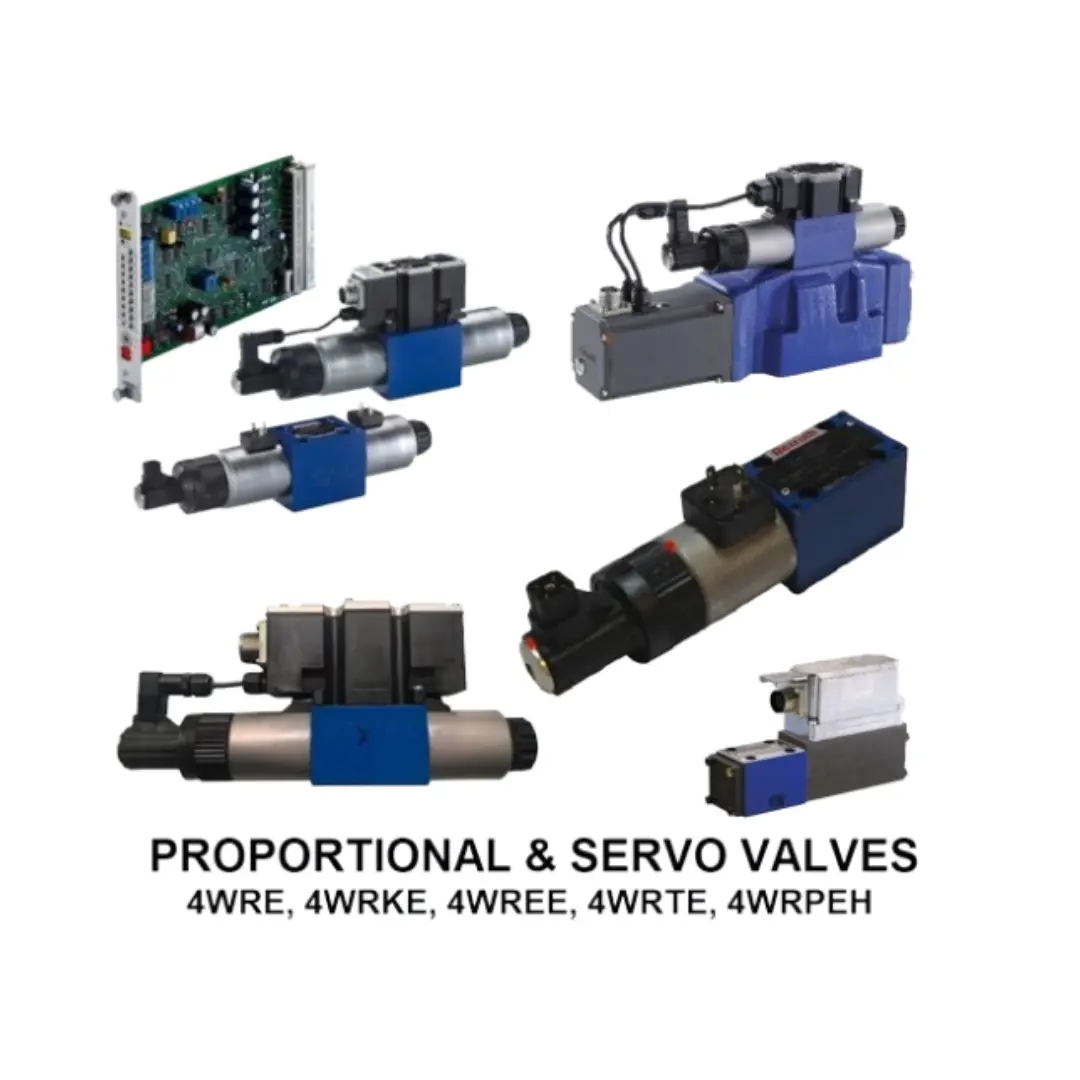Hydraulic Valves
Ensure maximum efficiency and protection with our durable hydraulic seals, designed to prevent fluid leakage, block contaminants, and withstand high pressure.
Hydraulic Valves
Hydraulic valves are essential components in hydraulic systems, designed to control the flow, pressure, and direction of hydraulic fluid. They act as regulators, ensuring that hydraulic machinery functions smoothly and safely. These valves govern the operation of hydraulic actuators such as cylinders and motors, managing the transfer of energy within the system to achieve the desired mechanical outputs.
Different types of hydraulic valves are used based on their function within the system. Each type plays a crucial role in optimizing hydraulic performance:
Types of Hydraulic Valves
- Directional Control Valves: These valves direct the flow of hydraulic fluid to different parts of the system, allowing actuators to move in the required direction. They can be manually, electrically, or hydraulically operated, and include spool valves, poppet valves, and rotary valves.
- Flow Control Valves: Flow control valves regulate the speed of actuators by adjusting the volume of hydraulic fluid passing through the system. This helps ensure precise movement and efficient operation. Common types include needle valves, pressure-compensated flow control valves, and throttle valves.
- Pressure Relief Valves: These valves protect hydraulic systems from excessive pressure, which could damage components or cause system failure. When the pressure exceeds a set limit, the valve opens to divert excess fluid back to the reservoir, preventing overload.
- Pressure Reducing Valves: Pressure reducing valves maintain a lower, constant pressure in certain parts of a hydraulic system, even if the main system operates at a higher pressure. This ensures safe and efficient operation of sensitive components.
- Counterbalance Valves: These valves prevent uncontrolled movement in hydraulic cylinders, especially in lifting or load-holding applications. They maintain a set pressure to counteract the force of gravity, ensuring controlled descent and stability.
- Pilot Operated Check Valves: Designed to lock hydraulic pressure within a circuit, these valves prevent backflow and maintain pressure in specific sections of the system. They open only when an external pilot pressure is applied.
- Throttle Check Valves: These valves combine flow control and check valve functionality, allowing unrestricted flow in one direction while regulating flow in the opposite direction. They are useful in metering applications to control actuator speeds.
- In-Line Check Valves: In-line check valves allow fluid to flow in only one direction, preventing reverse flow that could cause system inefficiency or damage. These are commonly used to maintain pressure in circuits.
- Logic Valves: Also known as cartridge valves, these are used in high-pressure applications for complex hydraulic systems. They control multiple functions within a circuit and offer fast, reliable switching.
- Sequence Valves: Sequence valves control the sequence of operations in hydraulic systems by ensuring that one actuator moves before another. They are commonly used in multi-stage hydraulic operations like metal forming and pressing.
Proportional and Servo Valves
Proportional and servo valves are high-response hydraulic valves that allow precise, continuous control of fluid flow and pressure. Unlike traditional on/off valves, these advanced valves adjust the spool position in response to an electrical signal, enabling infinitely variable output. This fine-tuned control is crucial for hydraulic actuators such as cylinders and motors, especially in applications that require precision movement and speed regulation.
A solenoid coil inside the valve controls the spool’s position based on signal strength, allowing for smooth flow and pressure adjustments. These valves are widely used in robotic arms, CNC machines, injection molding, medical equipment, and industrial processing, where precise motion control and smooth acceleration/deceleration are critical.
Feedback Systems
To ensure accuracy and stability, many proportional and servo valves incorporate feedback mechanisms, such as Linear Variable Displacement Transducers (LVDT). These sensors monitor and adjust spool position in real time, ensuring consistent and precise hydraulic control.
Get a Quote
Need more help?
Contact us for more help regarding sales, product enquiry, service enquiry or general enquiry.
98192 00402
99016 41930

